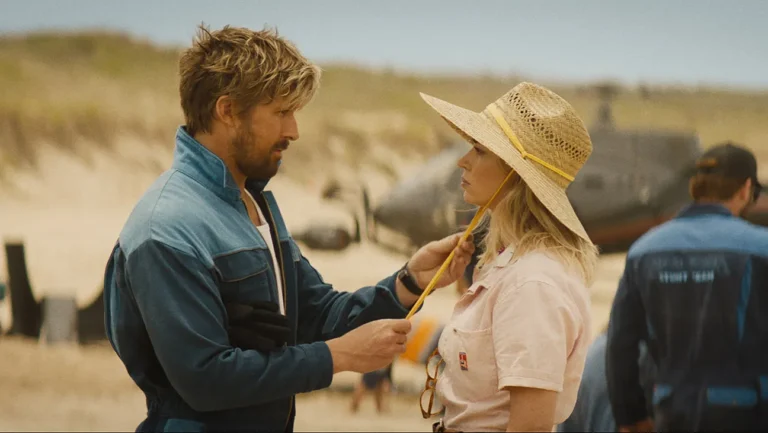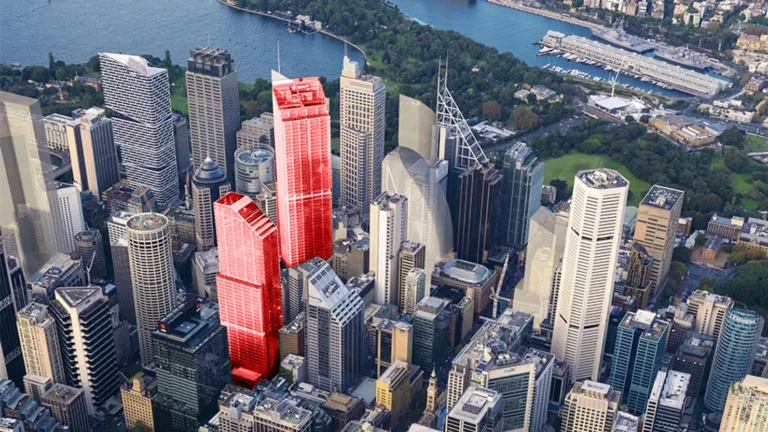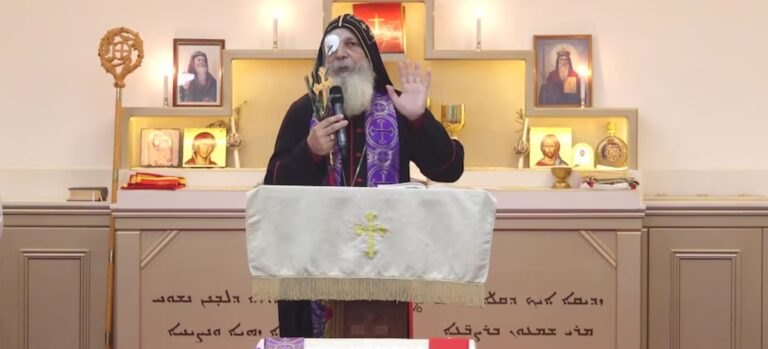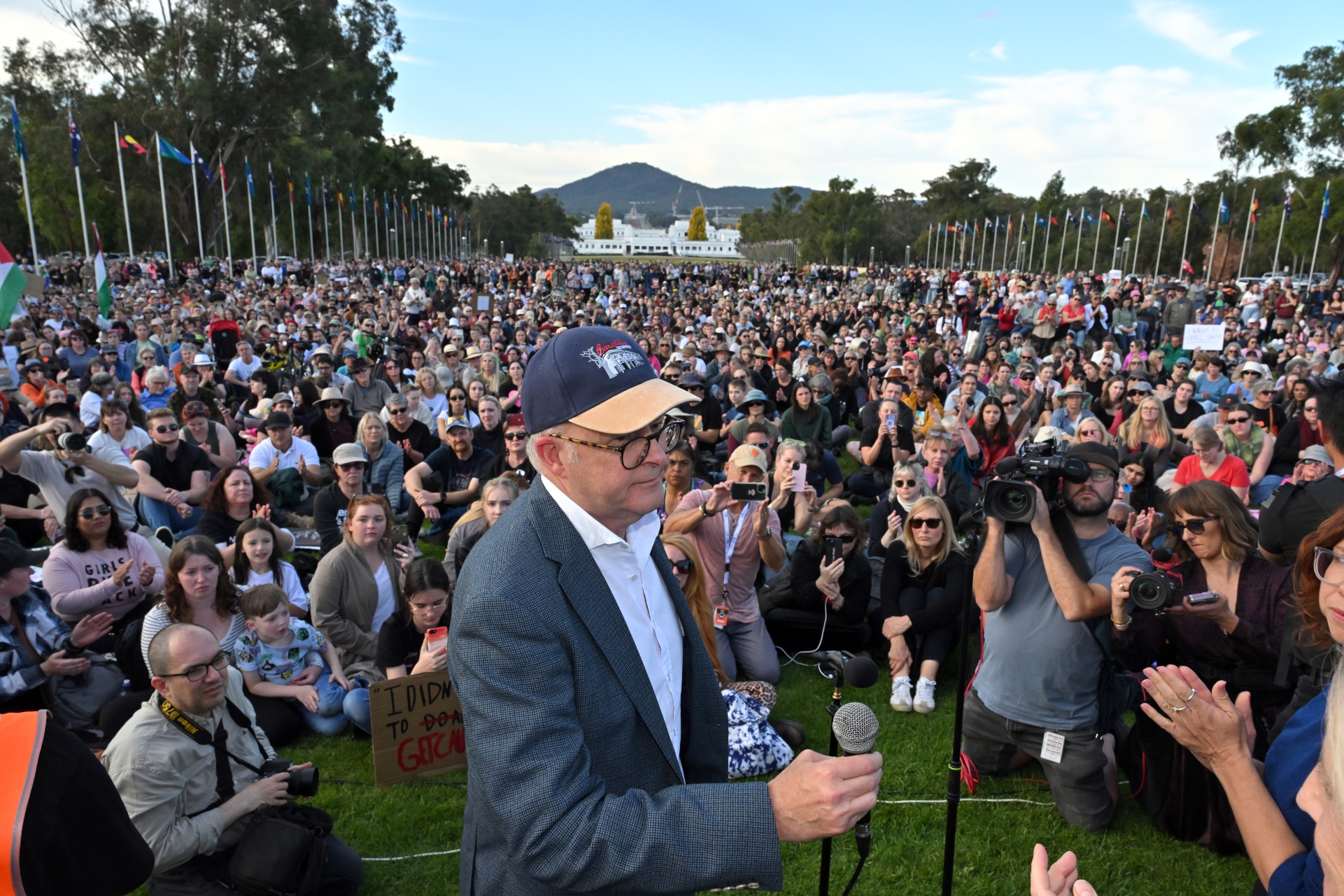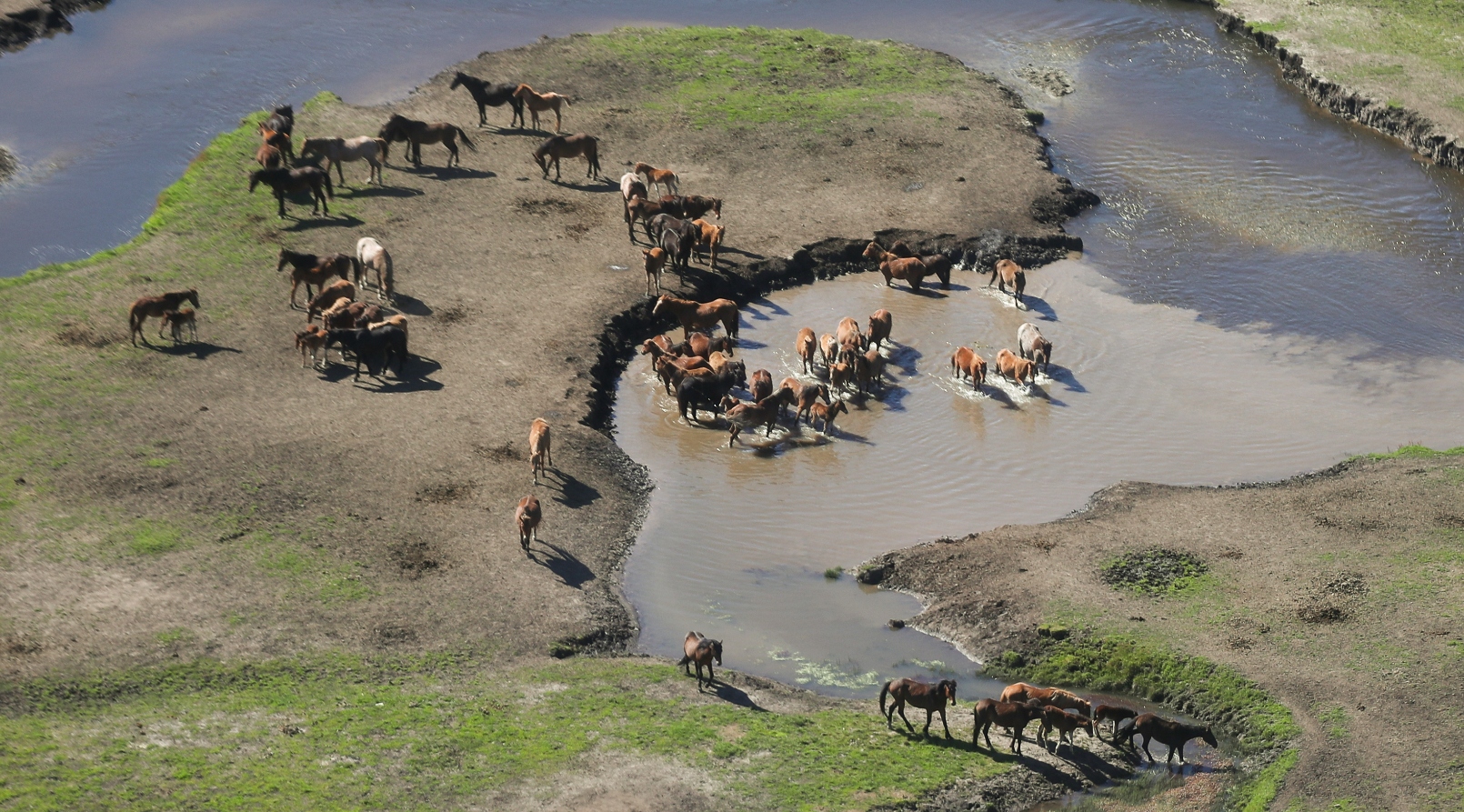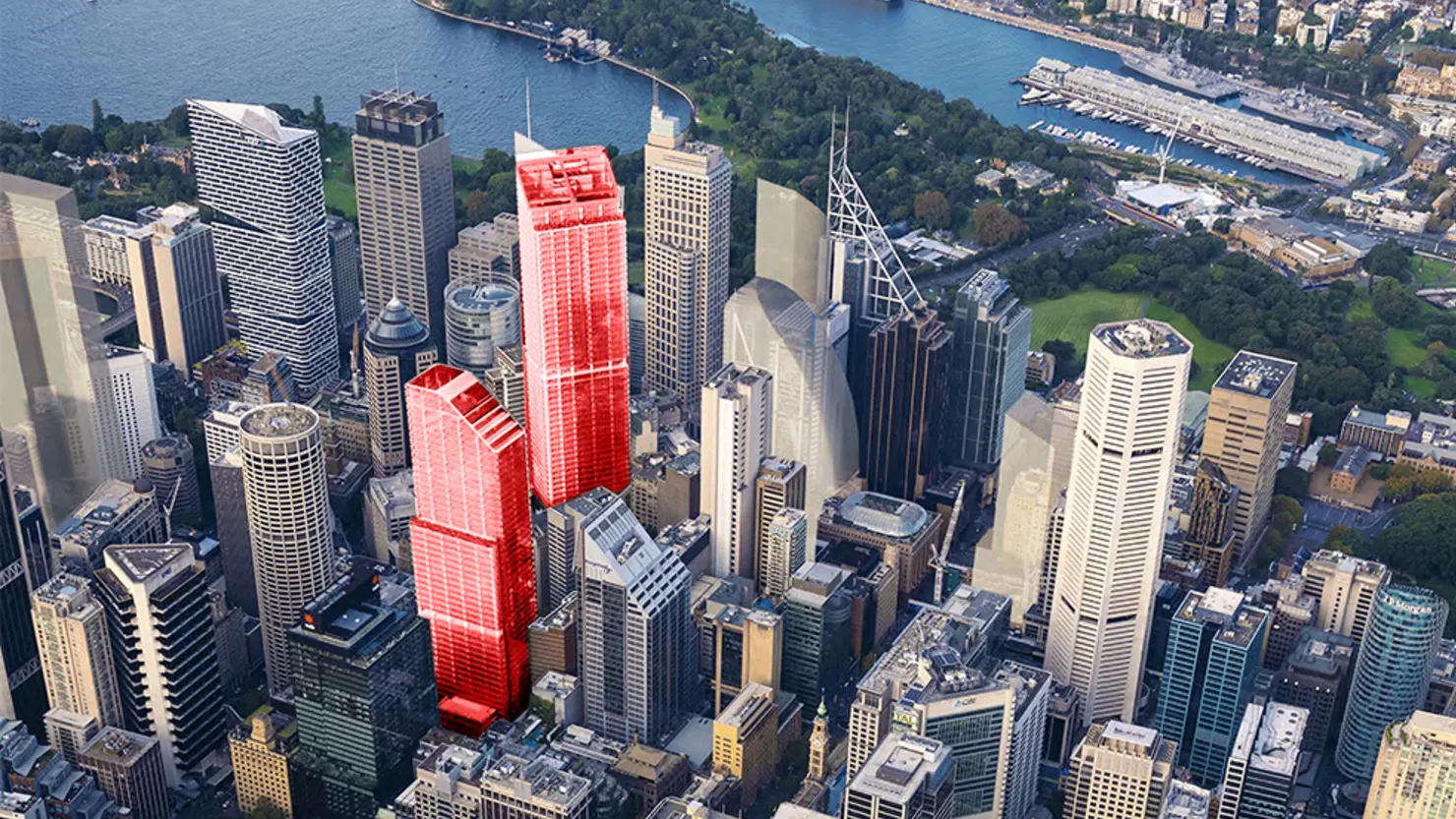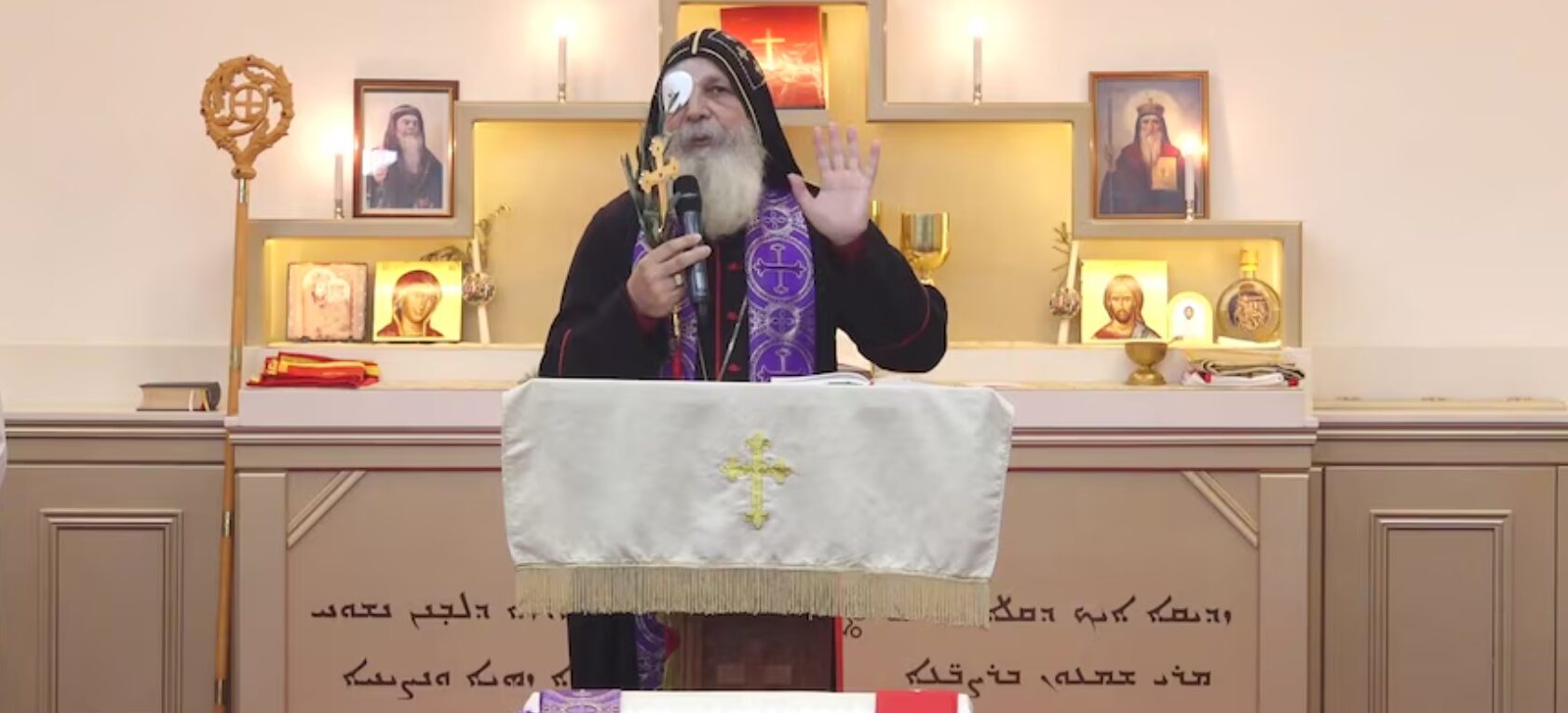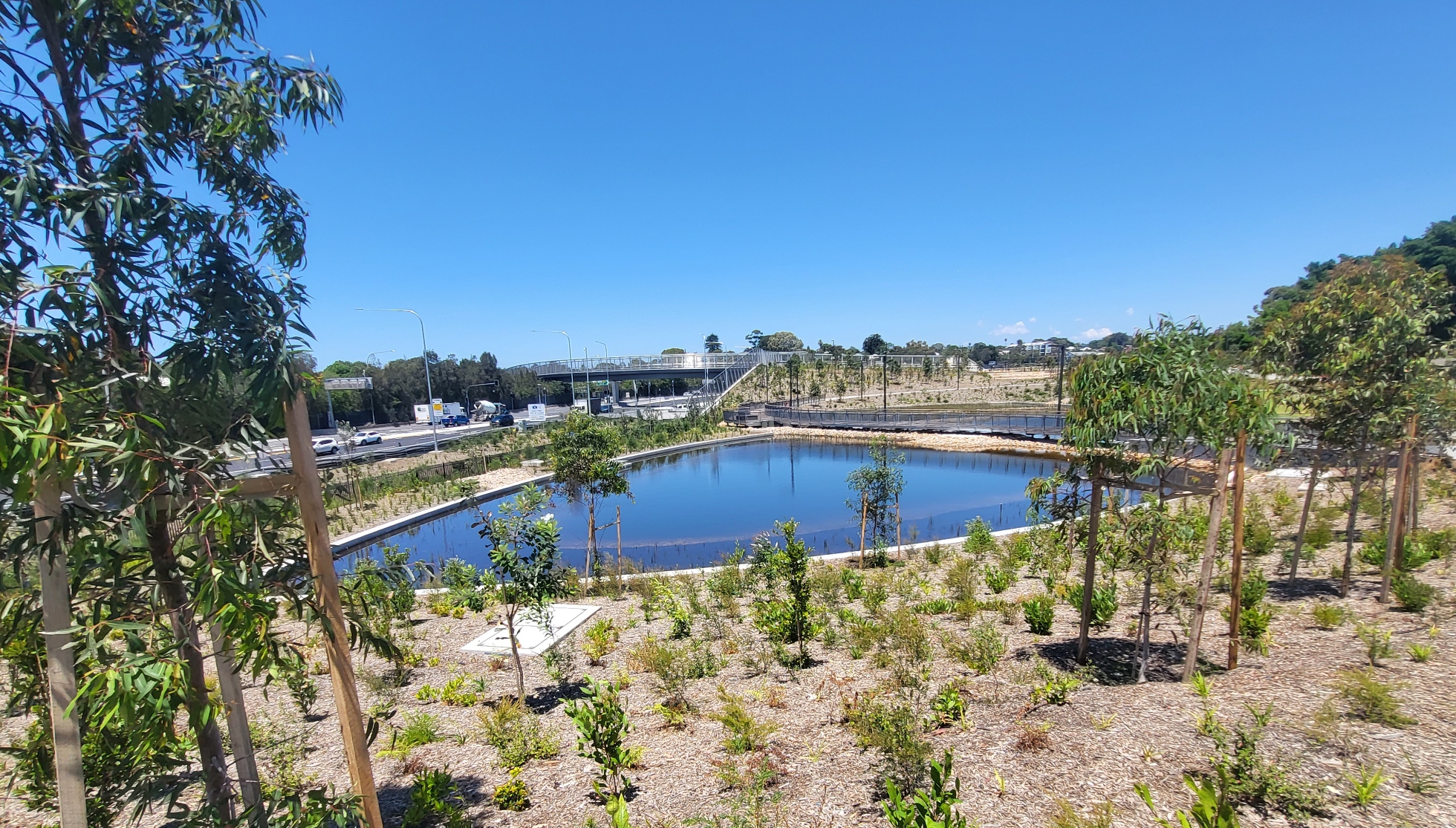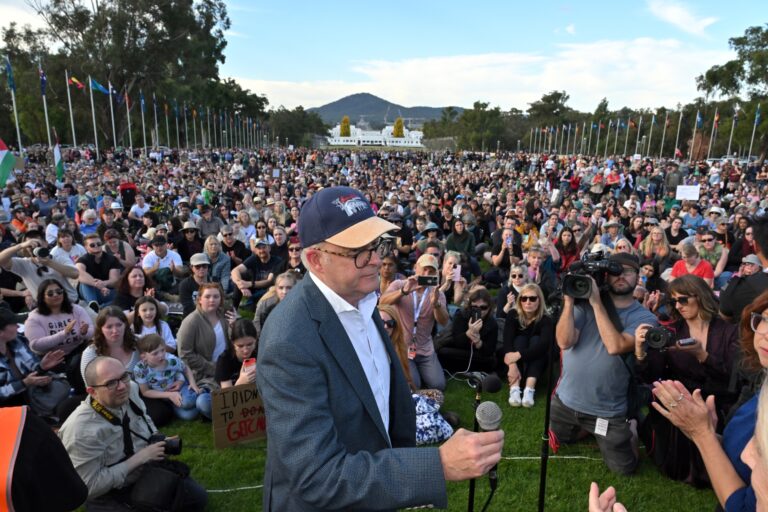
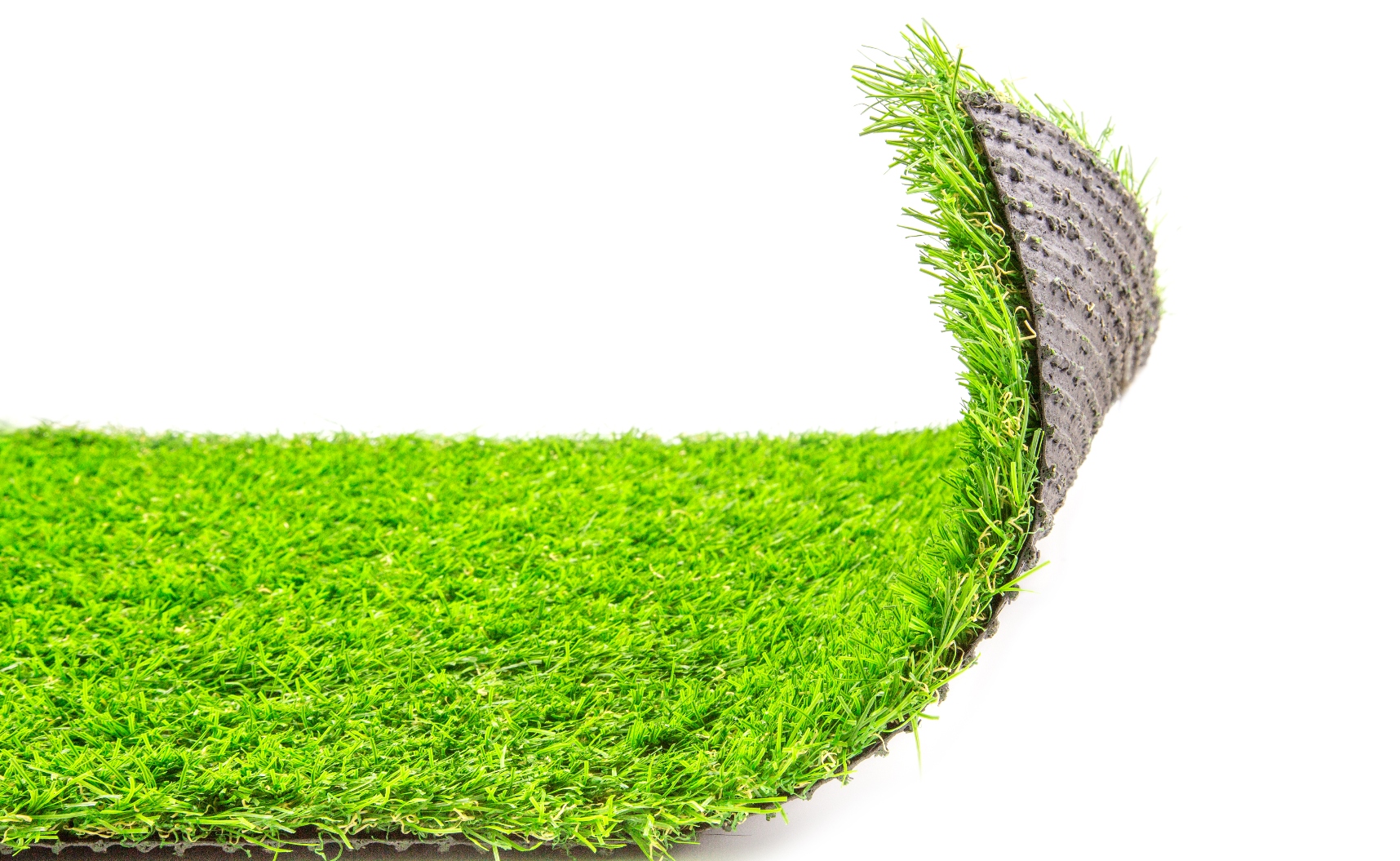
by GRACE JOHNSON
On Sunday afternoon, the NSW Government released draft guidelines regarding the usage of synthetic turf on playing fields.
With growing discussion about the use of synthetic turf, the government is now seeking community feedback on draft guidelines regarding its usage.
But community groups have said it is “extremely disappointing” that this information was released by the NSW Department Planning Housing and Infrastructure (DPHI) on a Sunday afternoon.
And despite guidelines aiming to allow councils, sports clubs and local stakeholders to make “informed decisions on using synthetic turf”, advocates for natural grass say there is a distinct bias towards synthetic turf.
Garnet Brownbill from the Natural Turf Alliance (NTA) told City Hub that the draft guidelines don’t present all factors to decision makers.
“It is very disappointing to see the guidelines appear to be a ‘How to install synthetic turf’ rather than a decision matrix comparing natural grass, synthetic turf or other options which in turn allows decision makers to critically weigh up all the factors and balance environmental degradation, human health impacts and a plethora of other issues with utilisation needs, sporting demands and the concerns of community members,” he said.
Furthermore, more than 80 per cent of the report is focused on the role of synthetic turf and what considerations are involved for its installation, with little to no analysis or comparison provided relevant to natural turf or other alternatives.
“Given the evident community concerns being raised within Inner West Council, the best outcome is clearly to just not install a plastic park,” he continued.
Community division
The question of synthetic turf has been particularly divisive within the Inner West Council, who are now moving to install synthetic turf on Waterfront Drive in Callan Park.
Sporting clubs say that synthetic turf, or “all weather surfaces”, would allow them more playing time.
Increased access and capacity would also allow clubs to accept more players, many of whom have had to be turned away.
Since the success of the Matildas, more and more women and girls have signed up for football, but there isn’t always room to accommodate them.
Balmain & District Football Club (BDFC) for instance, the largest in the Inner West municipality, saw 1,100 registrations of female players last year.
Head of the BDFC Women’s Committee Maisie Tanner said, “Record numbers of girls and women in our community want to play football and government at all levels needs to provide the infrastructure to facilitate that.”
Meanwhile, environmentalists are concerned about the many risks that come with introducing plastic into the environment.
There has also been increasing research into potential health impacts of synthetic turf, which can reach soaring temperatures in hot weather.
Dr Amanda Cohn, the Greens NSW spokesperson for Health told Parliament in February that “natural turf maintains low surface temperatures even on hot days due to cooling by evapotranspiration and low thermal mass”, noting that extreme heat caused by synthetic turf can cause heat-related illnesses.
Though the draft guidelines acknowledged and identified the negative impacts of synthetic turf, as well as heat impacts and human health concerns, they have overall failed to engage with proponents or advocates of natural grass, said Mr Brownbill.
Councils such as Mosman Council have been pioneers in holistic turf practices, yet were not consulted in this process.
“This is clearly a lost opportunity and something that raises alarm bells as to the perceived intentions and interests of the DPHI and their desires to ‘support designers, delivery agents and open space managers to plan and deliver the best outcome for their community’,” said Mr Brownbill.
“Mosman Council have clearly achieved this yet weren’t consulted.”
Government seeking feedback
In the statement released on Sunday afternoon, the government said that the new guidelines aim to provide the public research-backed information regarding synthetic turf.
“Draft guidelines carefully consider where synthetic turf can be used on sporting surfaces, while balancing the needs and expectations of each local community.”
Minister for Planning and Public Spaces Paul Scully said, “We’re seeing a growing demand for sports fields and ovals in our communities, and we want to provide people with access to public spaces all year round in a range of climates.”
“Given the conversations around potential impacts of synthetic turf, these guidelines provide councils, sports clubs and local decision-makers with research-backed information to make the best decisions for their communities.”
A 6-week public exhibition period will commence where councils and the public can submit their feedback here.
According to the government statement, feedback will be reviewed and considered ahead of the guidelines’ finalisation later this year.
However, the Natural Turf Alliance is strongly recommending that community stakeholders, groups and individuals reach out to the Planning Minister to voice their concerns while submissions are still open.
Perhaps then will there be a chance that “substantive changes are made so that decision makers, delivery agents and open space managers truly deliver the best outcome for their communities and investigate natural turf capacity and capabilities, not focus solely on installing plastic parks,” said Mr Brownbill.

